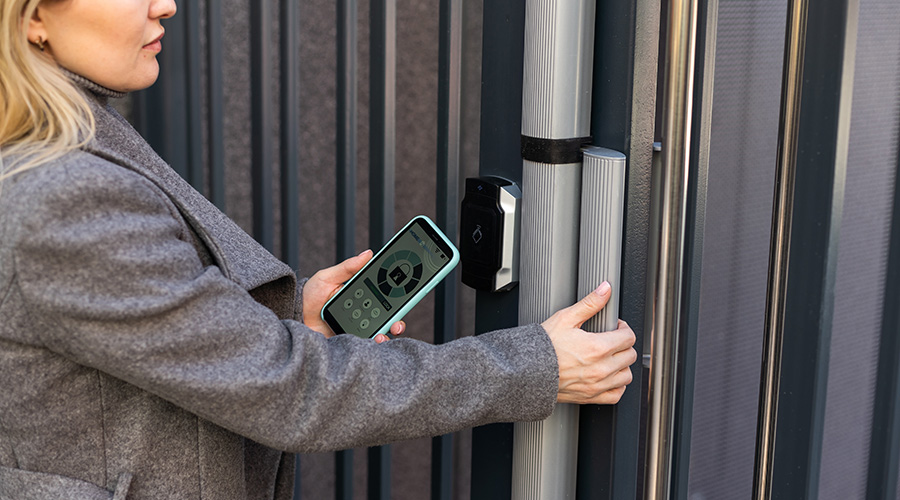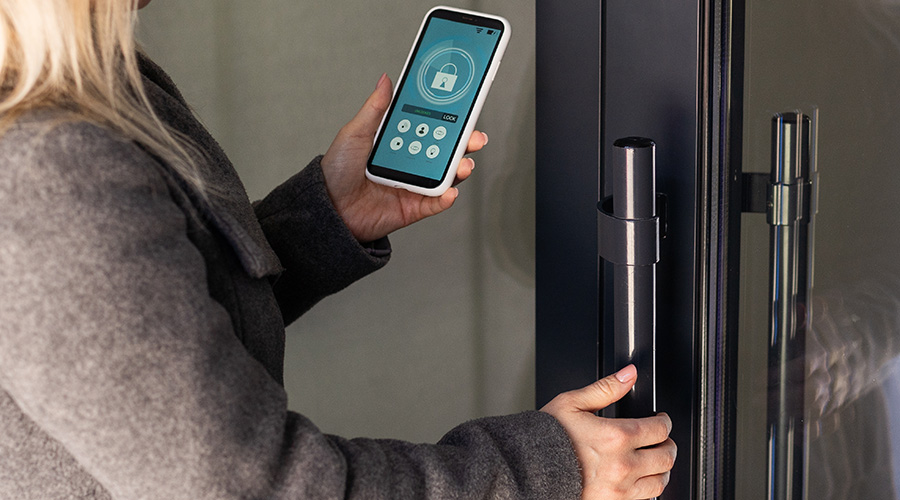Cool Roofs Generate Lower Surface Temperatures
Understanding the concept behind a cool roof does not fully describe the amount of actual energy savings managers can expect. Savings obviously can vary widely, but the difference in temperature between a cool roof and a regular roof can be large.
The temperature of dark-colored roofing material might be an average of about 60 degrees above the ambient outdoor temperature, but a cool roof might be as few as 10 degrees above the ambient outdoor temperature. This lower temperature means the roof conducts less heat into the building, which in turn translates into a smaller demand for cooling. This benefit also can mean the building needs a smaller HVAC system, which leads to savings related to capital costs and energy benefits.
Climate, roof performance, insulation and other aspects of the building can cause variations in the exact amount of savings, but cool roofs can yield up to 50 percent savings on cooling loads.
Average savings in the range of 10-30 percent of the cooling energy required is a reasonable expectation for a typical application of cool roofing under normal conditions. This range might equate to a drop in the total electric bill of 3-10 percent. These ranges generally apply to low-rise buildings in regions with significant cooling loads.
Related Topics:















